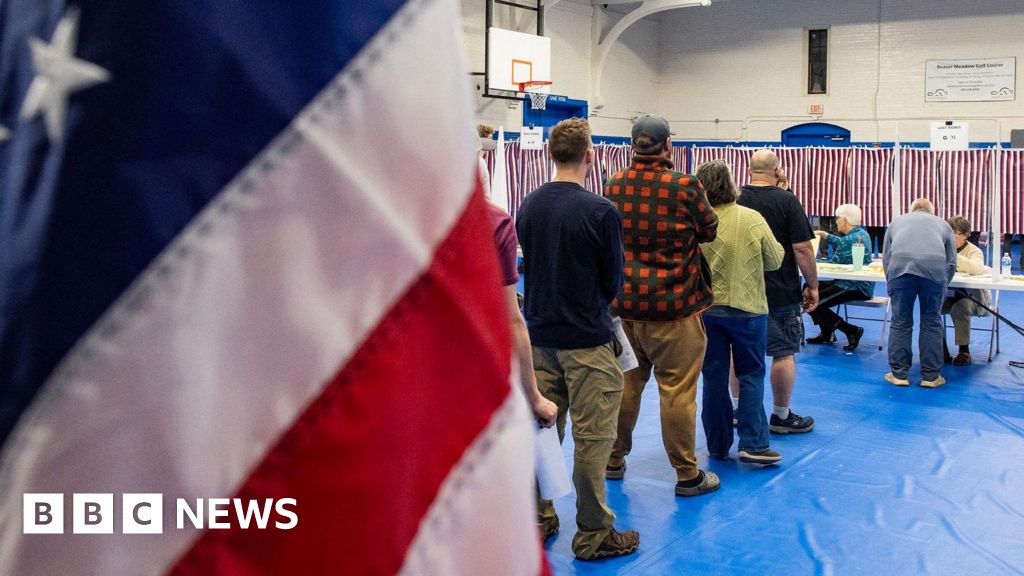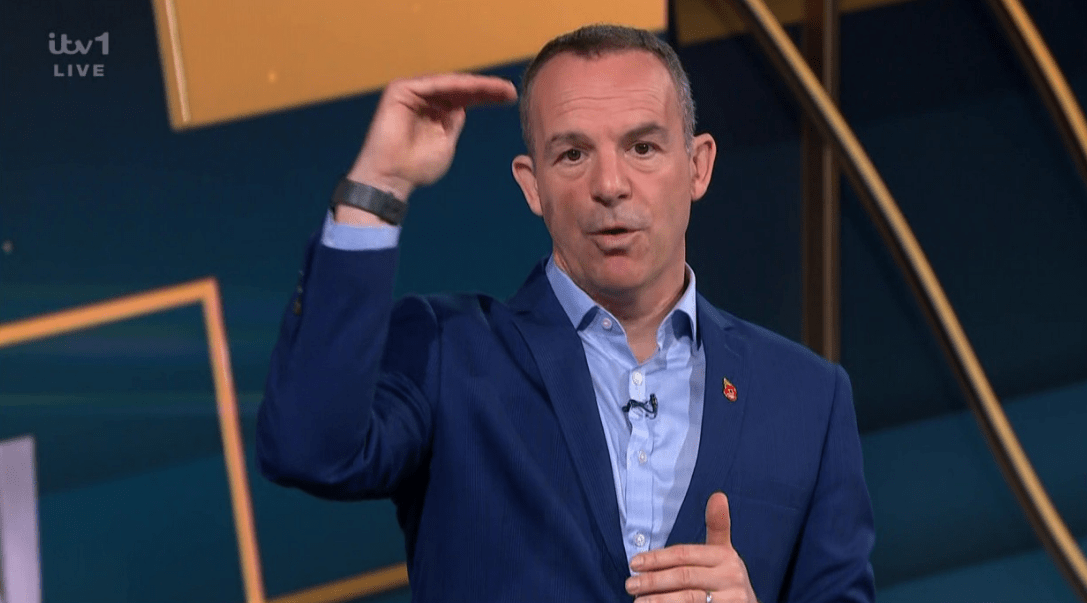Spanish defence group Navantia is seeking an extra £300mn from the British government on its contract to build three ships in return for rescuing Harland & Wolff, the struggling Belfast shipbuilder that is its partner on the project.
Navantia teamed up with H&W in 2020 and successfully bid for a £1.6bn contract to build a trio of Royal Navy vessels that would transport supplies to aircraft carriers.
But the Spanish group is now asking ministers to rewrite the deal with a much higher value of £1.9bn as an effective quid pro quo for buying H&W out of administration, according to two people with knowledge of the situation.
The Titanic shipbuilder fell into administration in September after being unable to secure a £200mn loan guarantee from the UK government. Navantia is now in pole position to purchase the troubled business, but it is using its leverage to extract more generous terms on the ships contract.
Commercially sensitive negotiations are taking place at a senior level in Whitehall about whether to bow to the Spanish demands in order to preserve the 1,200 jobs at Harland’s four shipyards in Belfast, Scotland and Devon.
People with knowledge of the situation insisted that Navantia was not strong-arming the government into getting more generous terms for its contract, and that the negotiations partly reflected rising costs on the project.
“The contract was clearly undeliverable at the original price and Navantia has realised it costs more to deliver than they thought,” said one. “Harland & Wolff seem to have lowballed everyone to get the contract in the first place.”
Navantia has also been reluctant to take on all four of H&W’s yards, notably the two smaller sites at Arnish and Methil in Scotland, the people added. Securing additional funding would help to cover maintenance costs of the two yards until work on the Navy ships is under way, according to industry sources.
H&W’s parent company had its Aim-listed shares suspended in July and later collapsed into administration in September after the government refused to provide a £200mn loan guarantee.
The crisis at the Belfast-based company has posed an early headache for Sir Keir Starmer’s administration and a test of its commitment to a new industrial strategy.
Ministers have been urging Navantia to buy the ailing business given the two companies are already working closely on the Royal Navy contract.
The Spanish company had been providing regular financing liquidity to the Belfast company in recent weeks, people with knowledge of the situation added.
Some UK ministers are supportive of the revised deal, though only if the Spanish company agrees to widespread job guarantees.
Under the original terms of the Navy contract, the vessels were due to be built in blocks at H&W’s yards in Belfast and Appledore in Devon, as well as at Navantia’s main site in Puerto Real in Cadiz. The final assembly of the three ships was due to take place at H&W’s Belfast yard, where the Titanic was built.
The contract should result in the first ship being finished at H&W Belfast’s yard in more than two decades, in a significant boost to Northern Ireland’s manufacturing industry.
H&W more than tripled its revenues in 2023 and halved its operating losses to £24.7mn. But the company, which is saddled with expensive debt from US hedge fund Riverstone Credit Management, ran into difficulties as interest payments on its borrowings rose sharply.
Teneo, the administrators of the holding company, have said that Riverstone is unlikely to get full repayment of the £156.7mn it lent out.
Navantia declined to comment. A UK government spokesperson said: “We are continuing to work extensively with all parties to find an outcome for Harland & Wolff that delivers shipbuilding and manufacturing in Belfast, Scotland and across the UK and protects jobs. We cannot comment further due to commercial sensitivities.”













































































































































































You must be logged in to post a comment Login